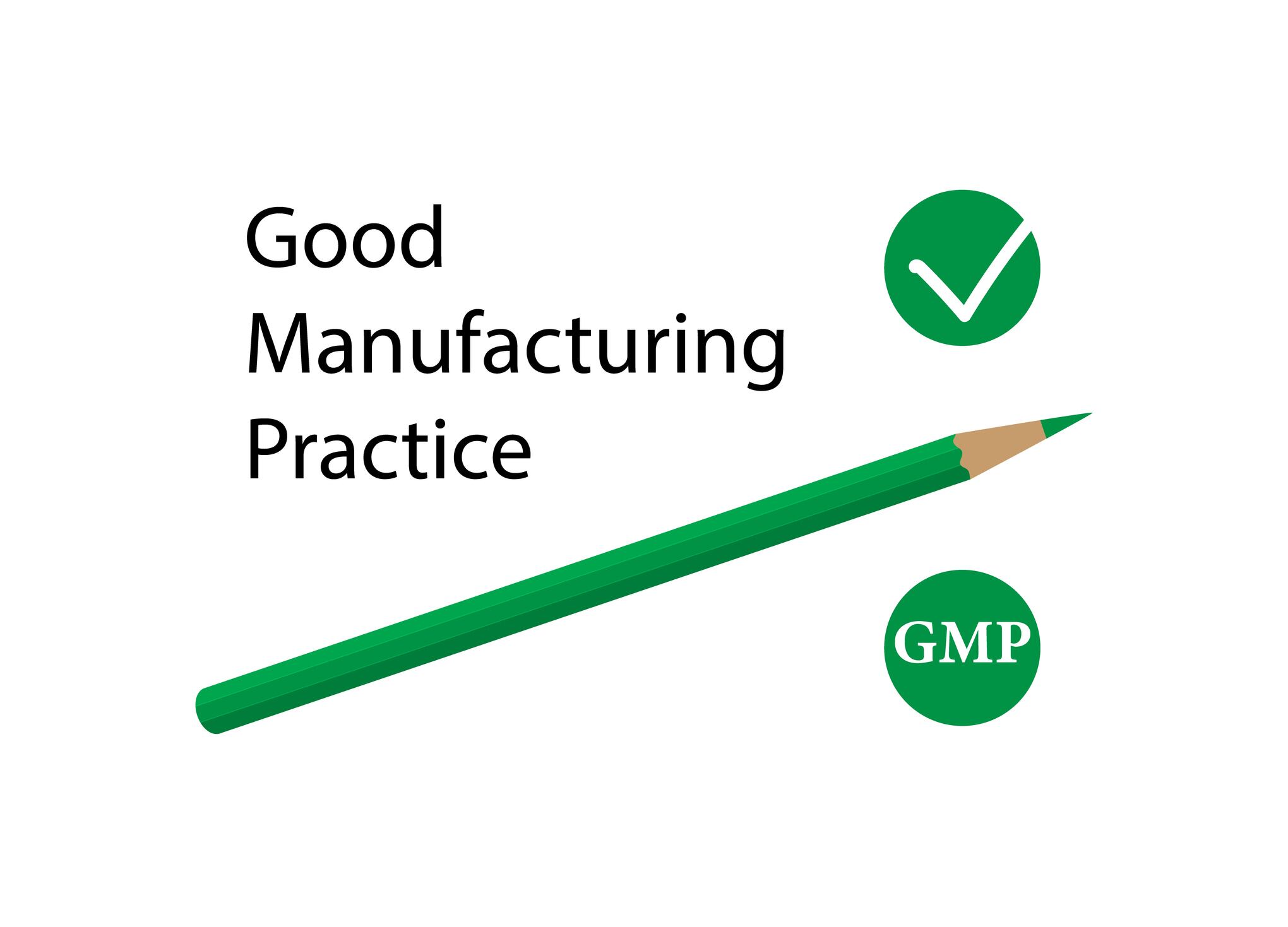In June, the US Food and Drug Administration (FDA) held a public listening session regarding the implementation of Good Manufacturing Practice (GMP) regulations in accordance with the Modernization of Cosmetic Regulations Act (MoCRA). During the session, the NSF, an independent, not-for-profit US public health and safety organization declared its support for the adoption of NSF/ANSI 455-3, which is the American National Standard for GMP to be accepted by the FDA in relation to MoCRA enforcement.
MoCRA requires the FDA to propose a GMP for cosmetics by December 2024, and manufacturers and suppliers to the cosmetics and personal care product industries should understand the NSF/ANSI 455-3 standard in advance of its potential adoption. For better understanding of the development of NSF/ANSI 455-2, including background information about the standard, how the standard can be applied as a cosmetic GMP, and the benefits of as well as challenges to its adoption by the FDA in relation to MoCRA regulations, CosmeticsDesign interviewed Katherine Fillinger and Brandi Reinbold, Senior Managers in Global Certification at the NSF for their insights.
CDU: Can you share some background information about the NSF and NSF/ANSI 455-3?
Katherine Fillinger (KF): NSF is a not-for profit global public health organization on a mission to improve human and planet health. For nearly 80 years NSF has developed public health standards and services that protect the world’s food, water, consumer products and environment.
We work with industry, regulators, academia, and consumer groups across industries to cooperatively coordinate the development consensus standards of quality. NSF is an accredited standard developer by the American National Standard Institute (ANSI) and the Standards Council of Canada (SCC).
NSF worked with industry experts, retailers, and members of the public health community to create the NSF/ANSI 455-3 standard through the consensus standard process. The first publication was released in November 2018.
Since then, the standard has undergone several revisions, most recently in April 2023. It is a living standard that allows conversation and consideration of changes to be approved and implemented across all those being evaluated to it.
Importantly, NSF/ANSI 455-3 addressed the issue retailers and other stakeholders were most concerned about: the need for a standard to process change in a timely manner, while having the format to allow for dialogue and buy-in from every party.
CDU: How do NSF/ANSI 455-3 guidance documents and audit practices work?
KF: The NSF/ANSI 455-3 Audit Requirements Guidance (ARG) document provides an expansive supplementation to the standard requirements by describing in detail what a typical picture of compliance looks like. The document lists each standard requirement and guidance for each requirement. This guidance ensures a consistent application of the standard requirement by reducing confusion around how it should be interpreted.
The guidance informs both manufacturers and auditors who may be evaluating an operation against the standard of typical risk mitigation controls. Absence of the controls detailed in the ARG is an indication to both parties that one of two scenarios should be evaluated – either the unique circumstances of the location require a novel or custom solution to be put in place to adequately mitigate the risk intended to be controlled by the standard requirements, or some aspects of the ARG’s typical compliance activities [are] not necessary altogether due to the facility’s unique situation.
In an accredited certification program against this standard, the auditor should never cite a nonconformance against any ARG information directly without tying it back to the actual requirements and explaining how the requirement has not been met due to the deficiency.
This results in certification that is highly calibrated and consistent compared to other cosmetic GMP standards, while maintaining flexibility for alternate means of compliance when warranted.
CDU: What are the benefits of adoption, including cost effectiveness, harnessing private sector expertise, and the ability for participation in the standard setting process, particularly as they pertain to manufacturing and supply companies in the cosmetics and personal beauty care product industries?
KF: Harnessing private sector expertise ensures the standard is inclusive of the most updated and practicable ideas and practices. The requirements are proven to be workable in the real world and can help avoid costly compliance activities that sound good on paper but have limited risk reduction benefits.
Leveraging private sector intelligence also avoids costly disruptions by aligning regulation with current best practices, where possible, instead of imposing a new status quo outright.
The greatest potential for cost effectiveness is realized when the standard is robust and workable enough to be accepted by all stakeholder groups as adequately mitigating all risks to poor product quality and protecting consumers. Where this is achieved, a reduction in duplicative and multiple supplier and regulatory audits can be achieved across industry. This is the goal of any accredited standard.
These benefits have historically only been partially achieved due to limited adoption by federal agencies of public consensus standards; greater success at the state and international levels has been seen.
For example, compliance to NSF/ANSI/CAN 60 and 61 for drinking water contact materials is widely accepted as evidence of adequate regulatory compliance by many states and Canada and is widely recognized and accepted by governments globally.
CDU: Can you provide an overview of MoCRA’s overall impact on cosmetics and personal beauty care product manufacturers and suppliers, including important deadlines to keep in mind particularly regarding GMP regulations?
Brandi Reinbold (BR): If I were to summarize the impact of MoCRA on industry, I would call it “growing pains.” As the cosmetic market becomes increasingly global, supply chains grow longer, and product contamination by PFAS and asbestos make the news, the industry faces the same push to set baseline standards for quality experienced by other industries [in] the last few decades, such as DSHEA for dietary supplements and FSMA for food.
These regulations ensure that no matter where in the world product ingredients come from or where a product is made, US consumers can expect a consistent level of quality.
The final compliance deadline for GMPs isn’t until the end of 2025, but waiting until then to begin compliance activities is far too late and could result in a manufacturer finding itself out of alignment with the expectations of its customers, or in receipt of an FDA Warning Letter or other enforcement action.
Manufacturers should have detailed and documented plans for compliance with each MoCRA requirement to ensure nothing is missed. If they haven’t already, manufacturers should put procedures in place to manage FDA inspections. Adverse event reporting procedures must be in place by the end of 2023.
Ingredient suppliers should be working now to create and be prepared to supply all necessary documentation needed for their customers to comply with the fragrance labeling provisions and product safety substantiation requirements. Suppliers able to provide this documentation will have a competitive advantage over those who are not able to provide documentation.
Product owners must have a safety substantiation by Jan 1, 2024, and compliance fragrance allergen labeling by Jan 1, 2025.
Product and facility listing for existing products must be in place by the end of this year. Manufacturers and product owners must remain alert for further information from FDA on this, as a platform to do this has yet to be announced.
CDU: What are some of the greatest challenges to the FDA’s adopting of NSF/ANSI 455-3 GMP standards, and what are some proposed solutions to those challenges?
BR: We take the position that adoption of the NSF/ANSI 455-3 standard in its entirety, with the accompanying Audit Requirements Guidance document, is the easiest and most common-sense solution for setting cosmetic GMPs that can adapt and grow with the industry. However, it is not without some challenges.
The first potential challenge presents if the FDA wishes to make changes to the standard before adopting it and these changes are rejected by the rest of the standard committee. Changes to the standard are enacted through the American National Standards process, which is public and gives all interested parties the opportunity to comment on and even formally oppose FDA’s amendments.
The standard process has built in mechanisms for resolving this issue and proceeding past opposition by achieving substantial consensus and providing feedback where opposition is overruled. Most of the cosmetics industry welcomes MoCRA and seeks to collaborate with the FDA in good faith.
Therefore, a failure of the process is not anticipated. This process is currently used for development of other standards by other industries and regulator groups. For example, NSF/ANSI/CAN 60 and 61 are accepted by many US state regulators and the government of Canada; each country actively participates in their ongoing development over time.
Another challenge is lack of familiarity with NSF/ANSI 455-3 in industry, due to it being a relatively new standard. Despite the lack of name recognition, most of the industry will be very familiar with the provisions within it since this standard is a combination of the ISO 22716 and previous FDA Guidance on cosmetics GMP.
The perception of newness can be eased in several ways, including by public sessions and trainings by FDA on the document.
CDU: Anything else to add?
BR: During the FDA listening session and via the written comments submitted since, many in the industry have proactively offered to be involved in the process of setting the GMP and have asked the FDA to work with them collaboratively. The NSF/ANSI 455-3 Joint Committee is a legal platform for this to happen.
The ANSI process is a public venue with due-process procedures, providing a voice to cosmetic companies large and small. The FDA and all government agencies are directed to seek opportunities to do just that by the National Technology Transfer and Advancement Act of 1995 (NTTAA) and by Executive Branch Office of Management and Budget Policy OMB A-119-1.
NSF can coordinate onsite/virtual hybrid committee meetings of any size between the industry and regulators to facilitate this conversation and ensure the final GMP is optimized and balanced between stakeholder interests.
Participation in the NSF/ANSI 455-3 Joint Committee is open to the public and interested parties should contact NSF at standards@nsf.org.





